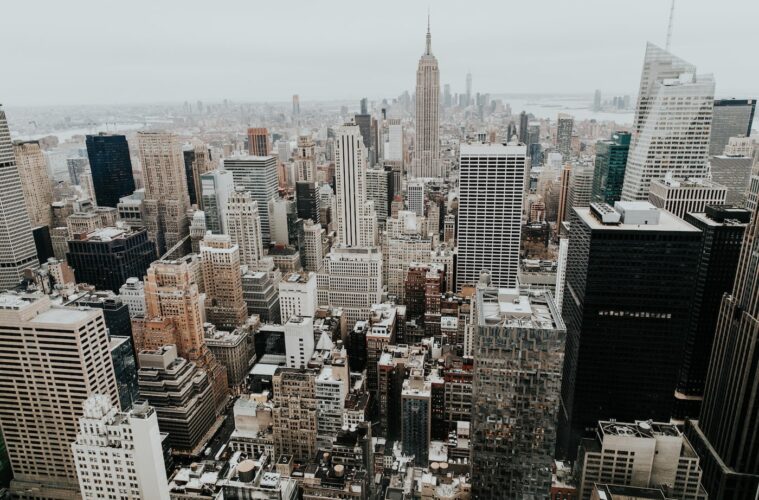As state recreational markets have rolled out in recent years, one of the big moments is the first release of sales numbers. So why haven’t we seen that data in New York yet?
Because they’ve only been able to get three dispensaries open in three months. Some argue the data would show just how badly they messed up the launch by opening one dispensary at a time. While the state recently approved another group of operators that will put the statewide dispensary count north of 60, there is still a lot of work to be done. Currently, it would take nearly five hours for someone on the Canadian border to get to the state’s first operating dispensary outside of the city, Just Breath located in Binghamton.
And it’s not just a geography game, it’s a numbers game, too. Currently, New York has about one dispensary per 6 million people. And there are only about 25 cash registers for 20 million people. Once the latest set of dispensaries that received state approval open, it will be roughly one dispensary per 298,182 residents.
To help put this into perspective, Oklahoma had just over 2,600 dispensaries, as of last November. With a state population of just under 4 million, that equates to roughly one dispensary per 1,733. But that’s the wildest figure you’ll see. Oklahoma has proven to be the easiest place to get a permit.
Missouri recently announced its first month of legal cannabis sales saw over $100 million in products sold. Missouri is not too much smaller than New York City in terms of population. Imagine what the sales numbers would have looked like here, where there is an easy argument to be made that cannabis is even more popular. This is clearly noted by the hundreds of underground cannabis stores dotting the boroughs.
Advocates however would note there isn’t anything delayed, this is just what a truly equitable roll out that gives the communities of color the best shot in the cannabis industry looks like. Since there had never been a truly equitable rollout in any state or jurisdiction, we’ve never been able to see what that looks like to compare against. Essentially if something is truly the first of its kind, like the New York Social Equity rollout, how could we define what is fast or slow?
One advocate that monitors social equity efforts across the county noted they don’t think that it matters if people are staying with their underground sources for weeks or months, compared to the long-term impacts of when and to whom a state gives a head start advantage. They also argued the lost tax revenue over months or even a couple of years is negligible compared to the benefits of taking that time to set up something with an impact lasting over generations. They don’t think short-term tax revenue should be a goal of legalization at all, nor should equity programs depend on initial revenue in order to start up.
That advocate’s main concern with New York wasn’t the number of dispensaries, but the property and capital that social equity applicants have been led to believe they’ll have access to.
They also noted the requests for access to data were appropriate, but added that the means to track and deliver that information effectively may not have been set up yet, as opposed to anyone trying to hide the number.
Whenever we do find out how much legal cannabis has been sold so far in New York, expect the number to be a lot lower than you anticipated. But maybe that’s just how it is in a fair industry.
Advertising disclosure: We may receive compensation for some of the links in our stories. Thank you for supporting LA Weekly and our advertisers.

